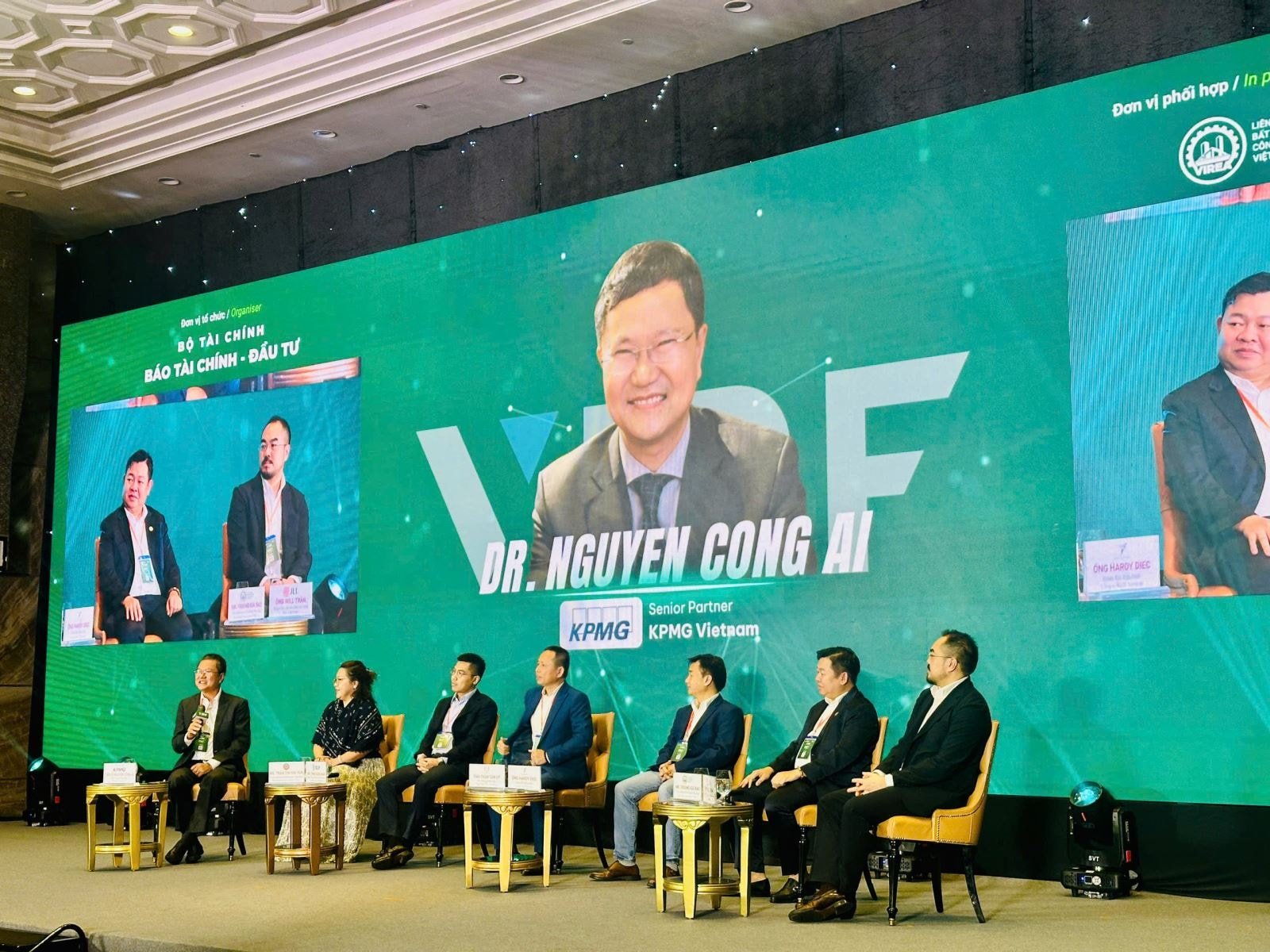
Firm position in an "uncertain" world
At the discussion session "Maintaining position in global movement" within the framework of the Vietnam Industrial Real Estate Forum 2025 (VIPF 2025) co-organized by the Finance - Investment Newspaper and the Vietnam Industrial Real Estate Association (VIREA), taking place on the afternoon of October 29 in Ho Chi Minh City, Dr. Nguyen Cong Ai, Deputy General Director of KPMG (a company providing services in auditing, operational consulting, business consulting, tax and legal consulting for businesses) Vietnam emphasized: "The keyword of this year is "Uncertainty". But in that context, Vietnam has shown its amazing adaptability".
According to Dr. Nguyen Cong Ai, while the world is facing geopolitical fluctuations, changes in global minimum tax policies and fragmentation in the supply chain, Vietnam still maintains a GDP growth rate of 8.23% in the third quarter of 2025, and 7.85% in the first nine months of the year, the highest in the ASEAN region. "That is the foundation of investor confidence, proving that Vietnam is still maintaining its growth pace in an uncertain world," said Dr. Nguyen Cong Ai.
Ms. Tran Thi Hai Yen, Director of the Southern Investment Promotion Center (Foreign Investment Agency, Ministry of Planning and Investment) added that Vietnam currently ranks third in ASEAN in attracting positive FDI, just behind Singapore and Indonesia. “The most important thing is that Vietnam is affirming its position as a new star in the region thanks to its stable politics, transparent investment environment and clear direction from the Government,” Ms. Hai Yen shared.
According to Ms. Yen, ASEAN countries are competing fiercely to attract high-tech capital flows, but Vietnam has distinct advantages: synchronous investment in infrastructure, early green transformation strategy and the ability to adapt quickly to policies. Major projects such as Long Thanh International Airport, North-South Expressway or the beltway of Ho Chi Minh City and Hanoi are expanding the space for industrial development, helping Vietnam become a leading destination for capital flows restructuring the global supply chain.
Sharing the same view, Mr. Dinh Hoai Nam, Business Development Director of SAP Vietnam, said that 2025 is a test of investor confidence. When the US changed its tax policy, FDI capital flows had a clear lag, but the Government's flexible response helped the market quickly stabilize. "We achieved an occupancy rate of more than 90% in a volatile year, which shows that Vietnam is still the safest destination in Southeast Asia," Mr. Nam emphasized.
Mr. Nam also said that what makes Vietnam different is not just tax incentives but smart policy responses. In the context of global minimum taxes forcing many countries to adjust incentives, Vietnam has shifted its focus to non-tax support: Infrastructure investment, renewable energy, logistics and high-quality human resources, sustainable factors that long-term investors value.
According to an exclusive report by JLL Vietnam, by the third quarter of 2025, the country will have more than 447 industrial parks with a total area of 134,600 hectares, of which more than 93,000 hectares are industrial land available for lease. The average occupancy rate is more than 73%, the highest level in the past 5 years. Vietnam is receiving strong capital flows from China, South Korea, Japan and Western corporations, especially in the fields of semiconductors, electronics, clean energy and logistics, industries with high added value.
Mr. Truong Gia Bao, Vice President and General Secretary of the Vietnam Industrial Real Estate Association (VIREA), also commented that the current investment wave is only a “short-term reaction” to the long-term shift of the supply chain. “We are welcoming a new cycle where investors do not just rent warehouses, but also seek long-term stability, synchronous infrastructure and consistent policies,” Mr. Bao shared.
According to Mr. Bao, the important thing is that Vietnam is gradually shifting from low-cost advantages to the ability to create value and develop sustainably. While countries in the region compete with tax incentives or cheap labor, Vietnam chooses to build trust and standardize ESG criteria, aiming for a green and responsible industrial model. This choice helps Vietnam not only stand firm in the global movement but also become a strategic destination for high-quality FDI capital flows in the next decade.
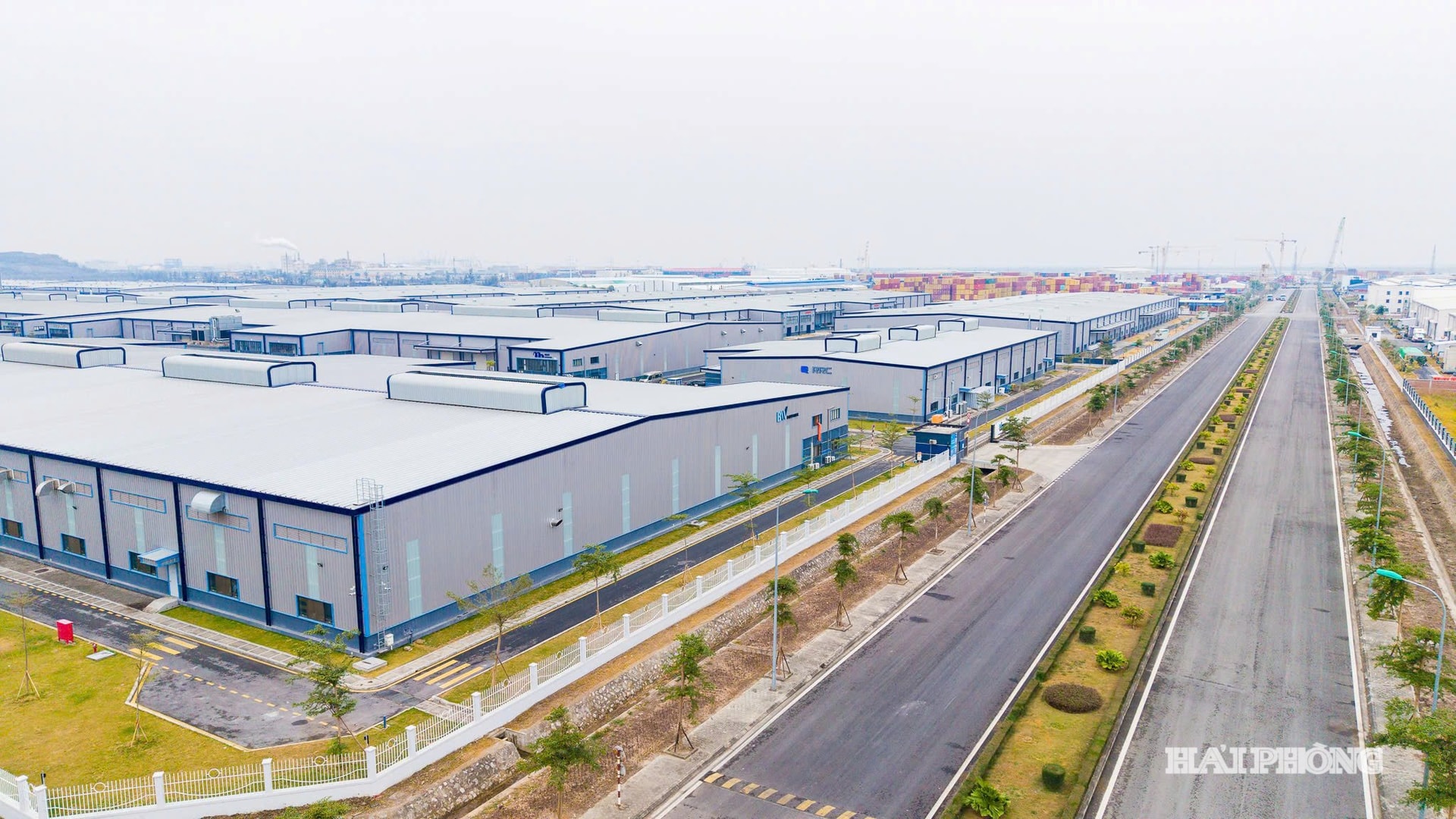
Preparing for a wave of high-quality FDI
Mr. Will Tran, Senior Director of Leasing at JLL Vietnam, commented that Vietnam is entering a “golden phase” of attracting investment. International corporations now see Vietnam not only as a low-cost destination, but also as a strategic partner in the global supply chain.
According to Mr. Will Tran, Vietnam is emerging thanks to three factors: neutral position, rapid policy reform and strong commitment to sustainable development. The increase of new generation free trade agreements (CPTPP, EVFTA) and the implementation of global minimum tax have helped Vietnam become a safe destination for large investors.
Notably, the reinvestment trend of existing FDI enterprises is becoming increasingly clear. Many corporations are expanding factories in Bac Ninh, Hai Phong, Binh Duong and Long An. “When investors return to invest for the second time, it proves that Vietnam has built long-term trust,” said Mr. Will Tran.
In addition, experts believe that the “key to retaining FDI” lies in the ecological industrial park model, an inevitable trend of green transformation. Mr. Truong Khac Nguyen Minh, Deputy General Director of Prodezi Long An, affirmed: “Traditional industrial parks must evolve into ecological industrial parks if they want to attract high-tech investors.”
According to Mr. Minh, Prodezi is developing an ecological urban-industrial model according to UNIDO standards and Circular 05/2023, with 25% green area, solar energy system and recycling wastewater technology. This is considered one of the pioneering projects in Vietnam applying the industrial symbiosis model, where waste from one enterprise becomes input material for another.
From practical implementation experience, Mr. Minh believes that many domestic enterprises are ready to make green transformation, but lack a unified guidance framework and long-term support policies. Therefore, the formation of ecological industrial parks is not only the effort of each investor, but should be seen as a national development orientation.
On that basis, experts at the Forum proposed that Vietnam should issue a separate law on eco-industrial parks, in order to create a solid legal basis for this sustainable development model. Along with that, the synchronous implementation of four important resolutions of the Politburo (Resolutions 57, 59, 66, 68) is considered an institutional pillar, helping to shape the development framework for the upcoming green growth cycle of Vietnam.
“We are living in an uncertain world, but Vietnam has found “certainty” in its own development vision,” concluded Mr. Nguyen Cong Ai. From “uncertainty” to “confidence”, Vietnam is gradually transforming itself from a low-cost manufacturing destination into a green, sustainable and potential industrial center in the global value chain.
Source: https://baohaiphong.vn/bat-dong-san-cong-nghiep-viet-nam-giu-vung-vi-the-525083.html


![[Photo] Fall Fair 2025 - An attractive experience](https://vphoto.vietnam.vn/thumb/1200x675/vietnam/resource/IMAGE/2025/10/30/1761791564603_1761738410688-jpg.webp)
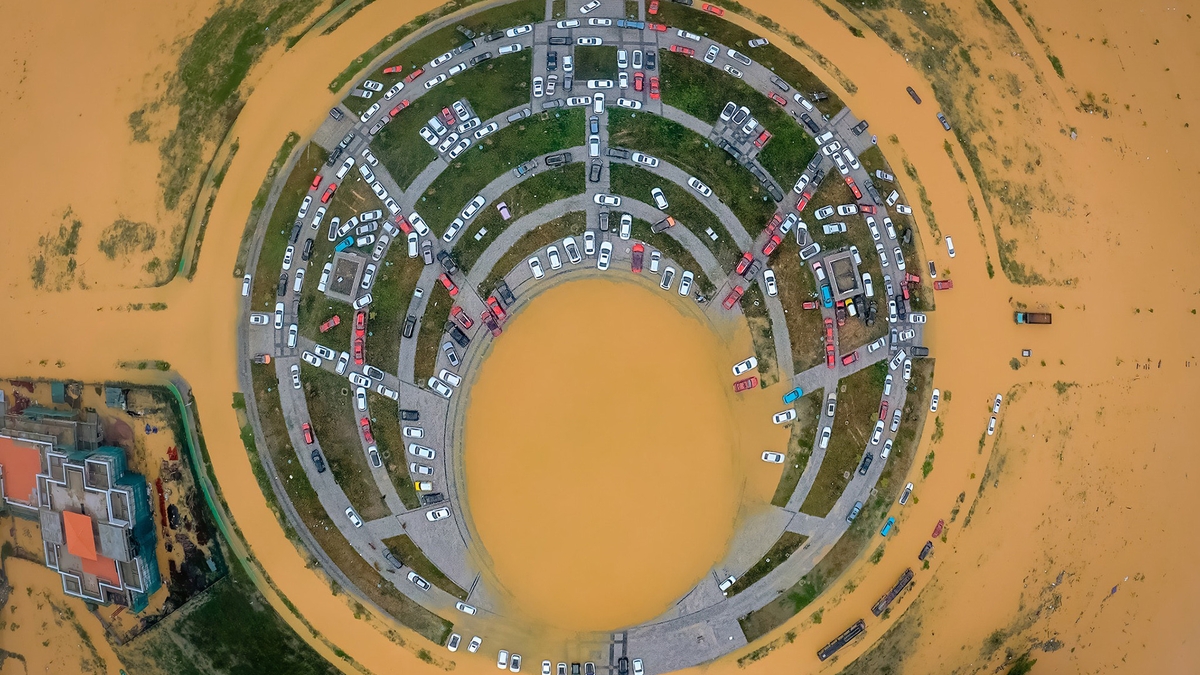
![[Photo] Standing member of the Secretariat Tran Cam Tu visits and encourages people in the flooded areas of Da Nang](https://vphoto.vietnam.vn/thumb/1200x675/vietnam/resource/IMAGE/2025/10/30/1761808671991_bt4-jpg.webp)



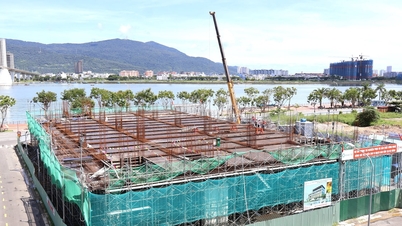

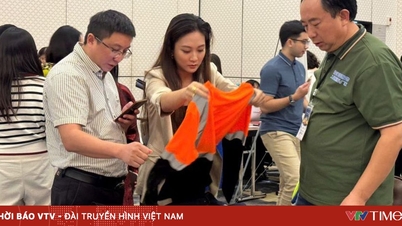

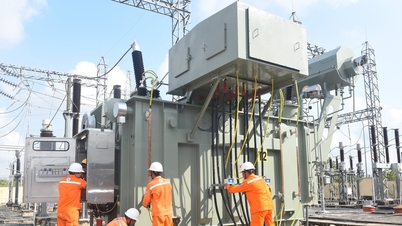

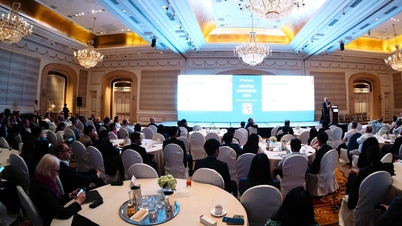

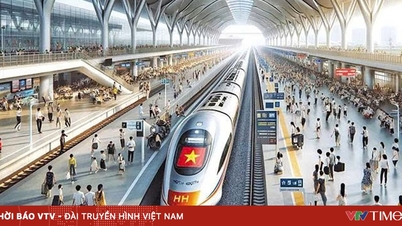
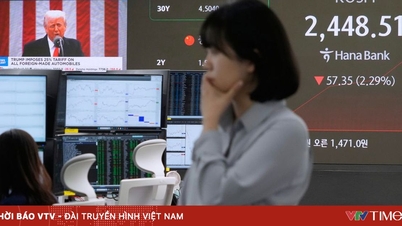


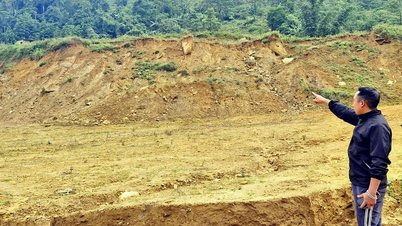





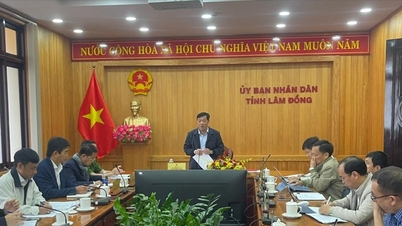




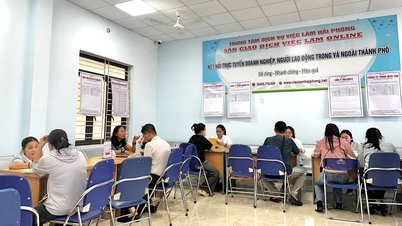
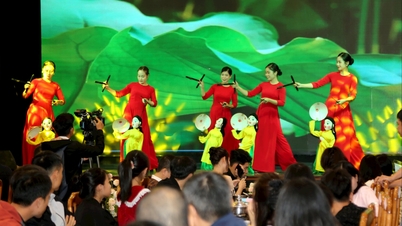
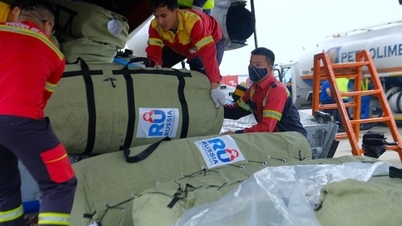
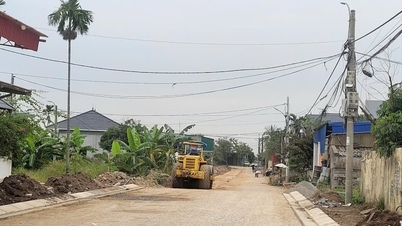
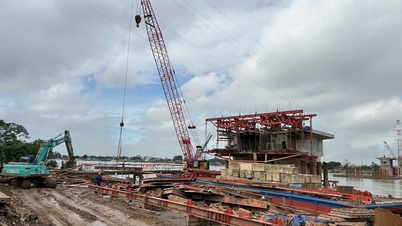

![[Photo] New-era Party members in the "Green Industrial Park"](https://vphoto.vietnam.vn/thumb/1200x675/vietnam/resource/IMAGE/2025/10/30/1761789456888_1-dsc-5556-jpg.webp)
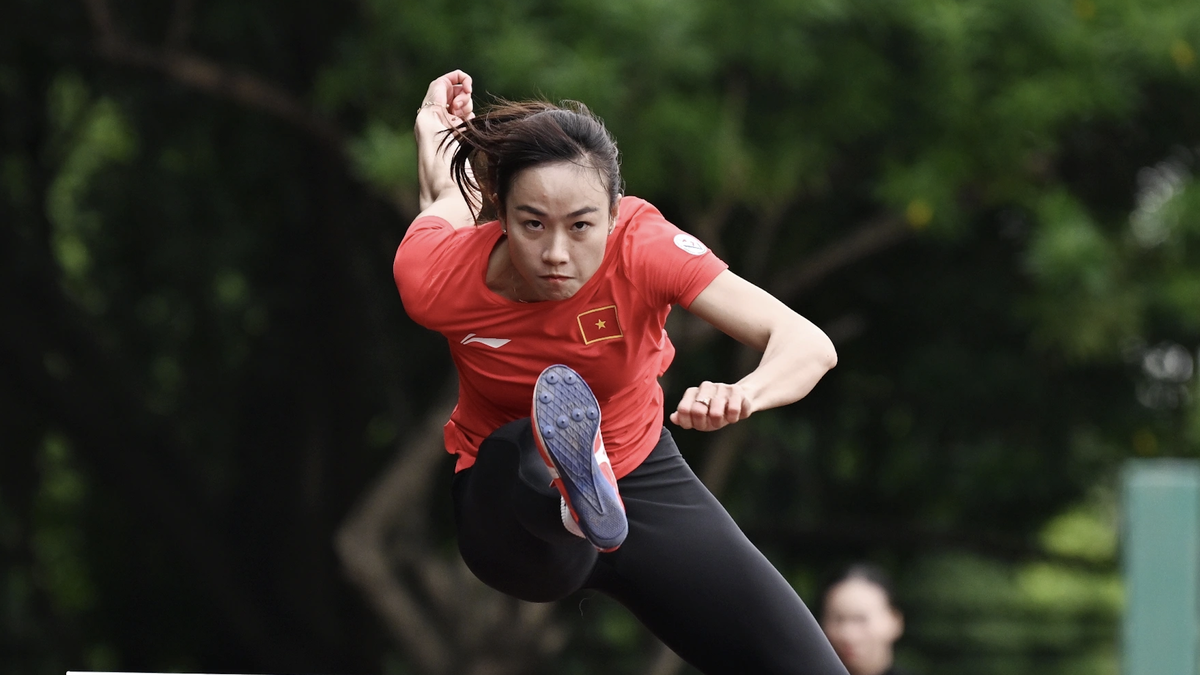


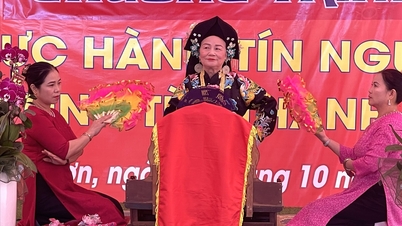








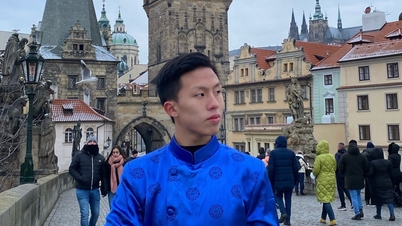

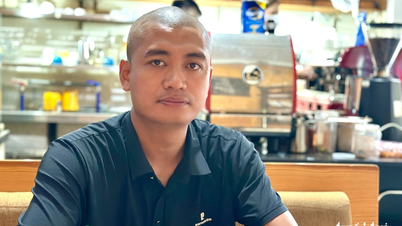

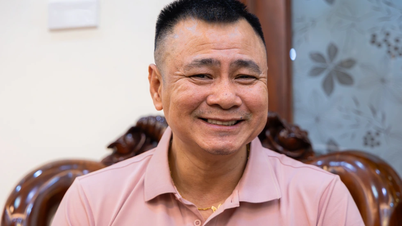





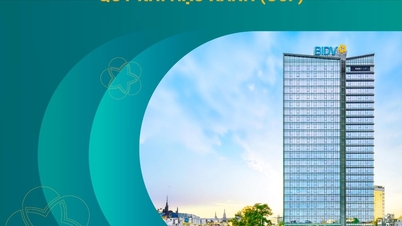

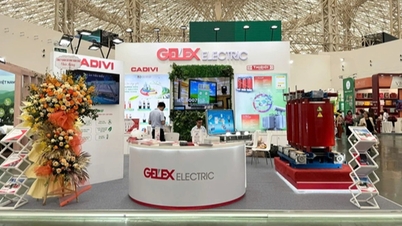
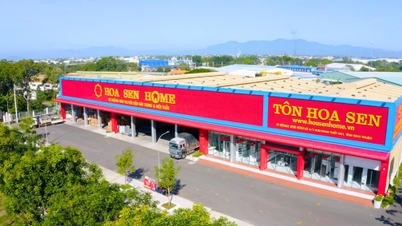


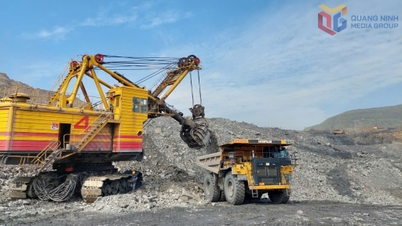










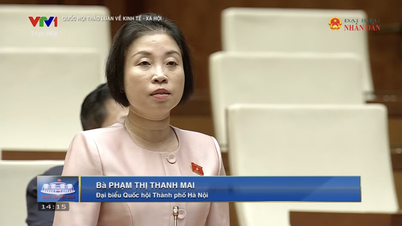

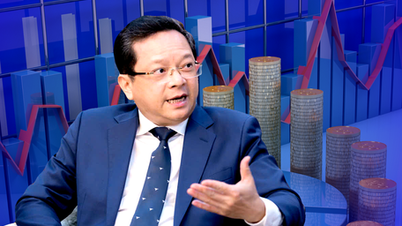

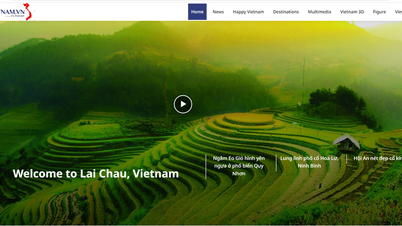
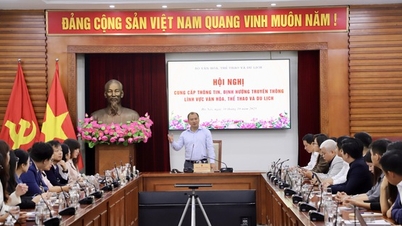
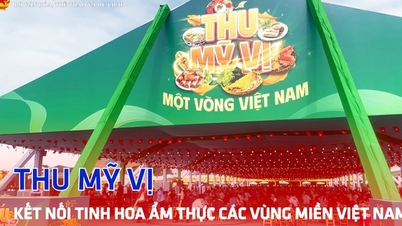
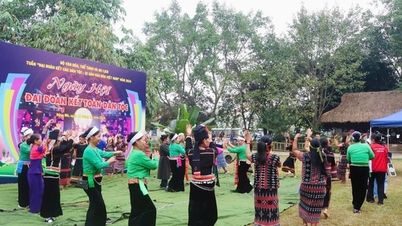
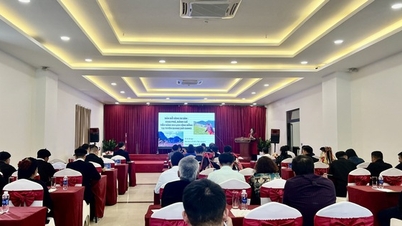
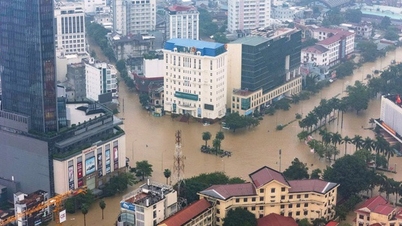
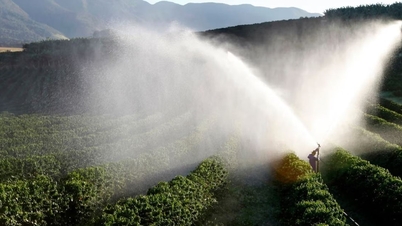
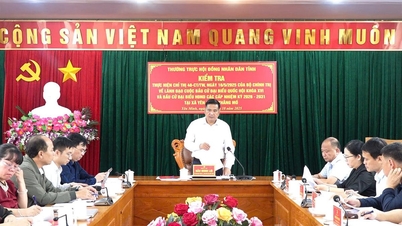

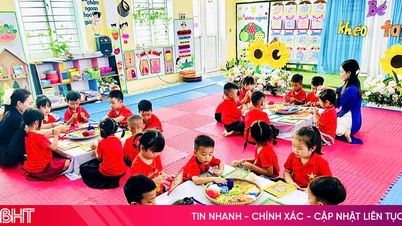

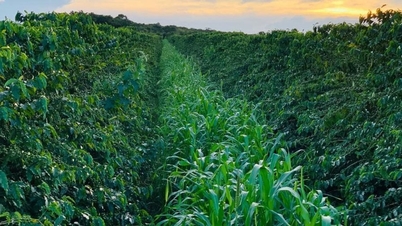
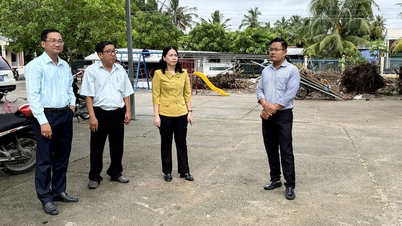

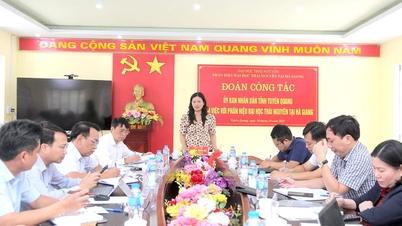











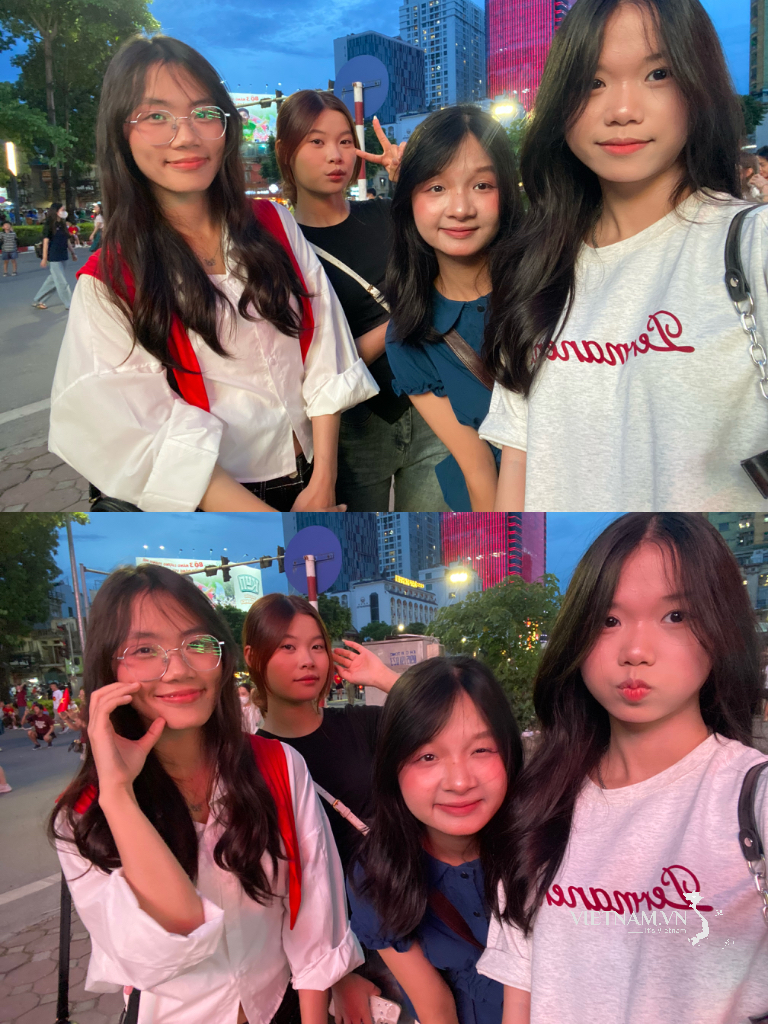



Comment (0)